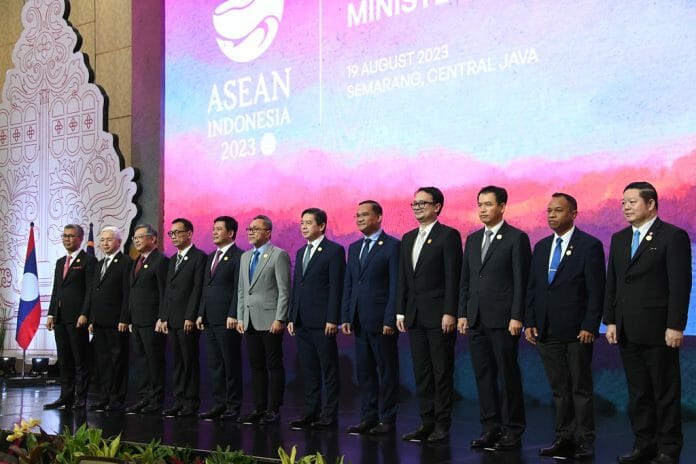The ASEAN+3 Macroeconomic Research Office (AMRO) today maintained its 2024 growth forecast of 4.5 percent for the ASEAN+3 region in its January quarterly update of the ASEAN+3 Regional Economic Outlook (AREO). Strong domestic demand amid moderating inflation and continuing improvement in trade will propel growth, despite uncertainties surrounding the global outlook.
The ASEAN+3 region is forecast to end 2023 with a full-year growth of 4.4 percent, slightly higher than last October’s projection of 4.3 percent. The upward revision reflects the higher growth of 5.2 percent for China, up from last quarter’s forecast of 5.0 percent. Stabilizing industrial and services activities in the Chinese economy are helping to provide additional momentum to the region in 2024, alongside gradual improvement in exports to other key markets.
“The recovery in the global tech cycle is starting to be felt in the region’s export performance, especially for electronics,” said AMRO Chief Economist Hoe Ee Khor. “But non-tech exports are lagging behind in terms of recovery, which is why recent manufacturing sentiment surveys are relatively mixed.”
Price pressures continue to recede across member economies, mirroring the trend in global commodity prices. Inflation in the ASEAN+3 region—excluding Lao PDR and Myanmar—is forecast to moderate to 2.6 percent this year from an estimated 2.8 percent for 2023. However, upside risks to inflation remain salient, and core inflation continues to be high in many economies.
“Spiking global commodity prices remains the key risk to growth, but there are several other wildcards. We still cannot rule out a US recession, for one,” Khor cautioned. “The lead-up to the US election in late 2024 could also exacerbate policy uncertainty and volatility in financial markets.”
AMRO estimates that a recession in the US and euro area this year could potentially slash the region’s GDP growth by half. The negative impact on the region’s growth would be amplified if the momentum in China’s economic recovery weakens in tandem.









